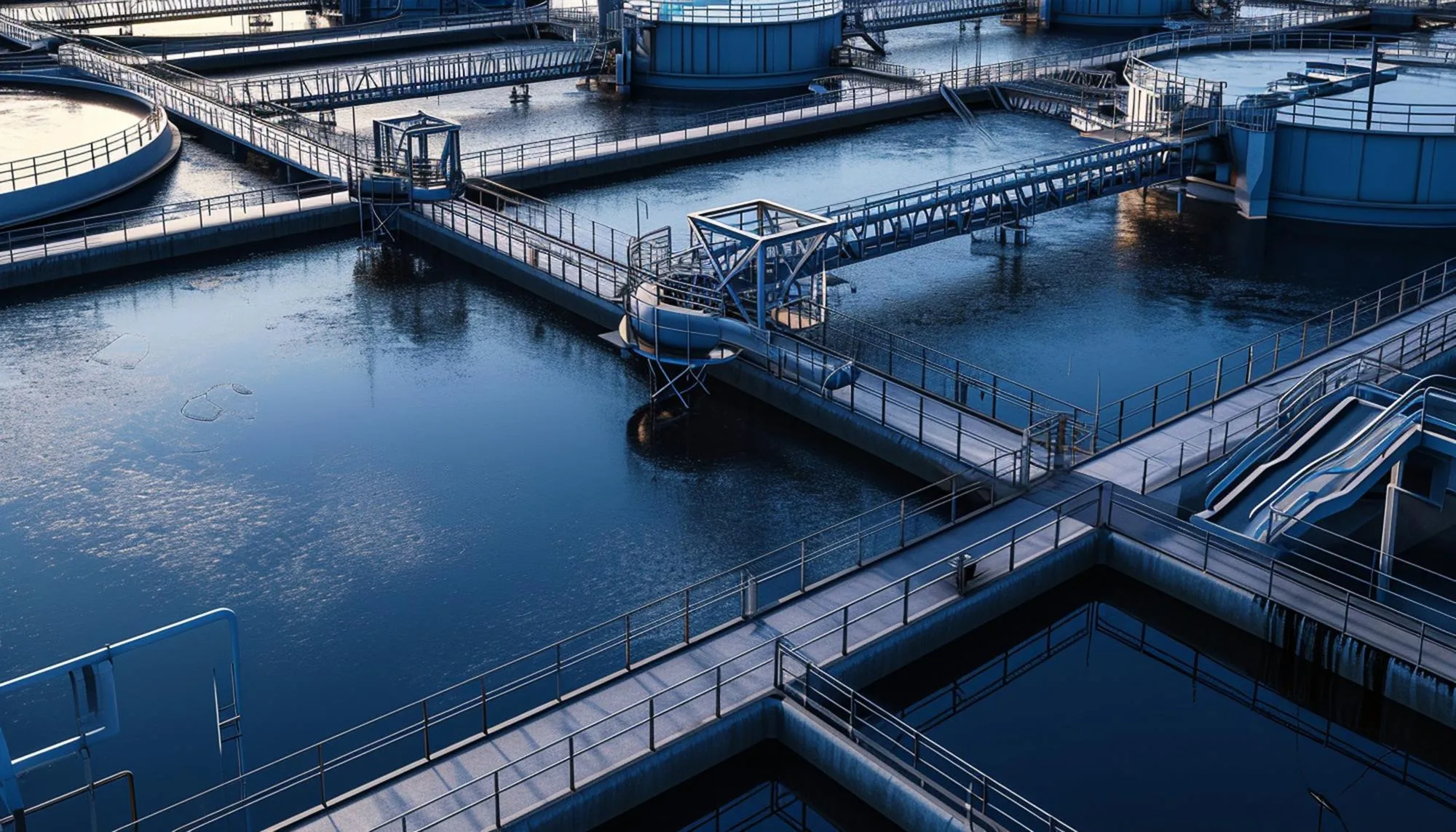Keywords
1. Photocatalytic Wastewater Treatment
2, Titanium Dioxide Composites
3. Polydopamine Modification
4. Organic Pollutant Degradation
5. Advanced Photoresponsive Materials
The quest for sustainable and efficient wastewater treatment methods has been a long-standing challenge for environmental scientists and engineers globally. It seems the search may have reached a pivotal moment, thanks to a recent breakthrough published in the prestigious ‘International Journal of Biological Macromolecules.’ The study focuses on the catalytic degradation of rhodamine B using innovative titanium dioxide doped polydopamine photoresponsive composites. Rhodamine B is a synthetic dye, often employed in textiles and plastics, which poses serious environmental hazards when released into water bodies. The effective degradation of such pollutants is critical for the preservation of ecological systems and public health.
Key authors of the study include Chen Lijun, Zhu Junfeng, Song Jie, Yang Jing, and Niu Yuhua from the Key Laboratory of Chemical Additives for China National Light Industry, Shaanxi University of Science and Technology in Xi’an, China. Their research presents a novel approach to overcoming the limitations of conventional titanium dioxide-based materials in treating wastewater contaminants.
Titanium dioxide (TiO2) has gained wide recognition for its photocatalytic properties, capable of breaking down organic pollutants under UV light. However, two key issues have impeded its full potential in real-world applications. Firstly, the wide band gap of TiO2 typically necessitates ultraviolet light to activate its photocatalytic process, limiting its efficiency under natural sunlight conditions. Secondly, the material has a propensity to agglomerate, diminishing its surface area and consequently, its reactivity.
Addressing these challenges, the research team developed a composite material consisting of titanium dioxide doped with polydopamine (PDA/PEI@TiO2). What sets this new composite apart is the incorporation of polydopamine, a polymer inspired by the adhesive proteins in mussels. This polymer not only enhances the dispersion of TiO2 particles but also extends their light absorption into the visible spectrum, significantly increasing the photocatalytic activity under natural light.
The researchers meticulously synthesized the composite material and characterized its structural and functional properties, confirming its superior photoreactivity. They then demonstrated the composite’s effectiveness in degrading rhodamine B, chosen as a model organic pollutant. The results highlighted an impressive degradation performance, showing that the synthesized PDA/PEI@TiO2 composites could catalytically break down the dye much more effectively than traditional TiO2, and notably, under visible light.
Further adding to the novelty of the study, the authors ensured scientific transparency and integrity by declaring no financial or personal conflicts of interest that could inappropriately influence their work. The article with DOI: 10.1016/j.ijbiomac.2024.129405, is now accessible, providing valuable insights for both academia and industry stakeholders.
The implications of this research are vast. By surmounting the hurdles of UV dependence and particle agglomeration, the PDA/PEI@TiO2 composite could revolutionize the treatment of wastewater contaminated by a range of organic pollutants beyond just rhodamine B. This facilitates more widespread and effective use of sunlight-driven photocatalysis for environmental remediation.
Moreover, the study functions as a stepping stone for future research endeavors. It opens up avenues for creating a variety of tailored photocatalytic materials based on TiO2 modifications for applications beyond wastewater treatment, such as air purification, self-cleaning surfaces, and even energy production in solar cells.
The deployment of the composite in full-scale wastewater treatment plants could mark a transformational change in environmental conservation strategies. By harnessing sunlight – an abundant and green energy source – the PDA/PEI@TiO2 photocatalyst contributes to the sustainability of purification processes, thus mitigating harmful effects on ecosystems and public health while aligning with global efforts to combat environmental pollution.
While the authors have taken rigorous scientific measures to validate their findings, like all research, continued testing under varying conditions and scales is vital. Real-world feasibility assessments, longevity studies, and cost-benefit analyses will be essential to determine the practical integration of the composite into industry-standard operations. Additionally, understanding the composite’s lifecycle and potential byproducts will be critical for comprehensive ecological evaluations.
In summary, the work spearheaded by the team at Shaanxi University of Science and Technology presents significant advancements in the development of photocatalytic materials for environmental remediation. The publication of their study in ‘International Journal of Biological Macromolecules’ signifies a promising future for the reduction of organic contaminants in wastewater through novel applications of titanium dioxide composites, benefiting both environmental protection endeavors and public health initiatives.
References
1. Chen, L., Zhu, J., Song, J., Yang, J., & Niu, Y. (2024). Catalytic degradation of rhodamine B by titanium dioxide doped polydopamine photoresponsive composites. International Journal of Biological Macromolecules, 259(Pt 2), 129405. https://doi.org/10.1016/j.ijbiomac.2024.129405
2. Fujishima, A., & Honda, K. (1972). Electrochemical Photolysis of Water at a Semiconductor Electrode. Nature, 238(5358), 37–38. https://doi.org/10.1038/238037a0
3. Hoffmann, M. R., Martin, S. T., Choi, W., & Bahnemann, D. W. (1995). Environmental Applications of Semiconductor Photocatalysis. Chemical Reviews, 95(1), 69–96. https://doi.org/10.1021/cr00033a004
4. Lee, H., Dellatore, S. M., Miller, W. M., & Messersmith, P. B. (2007). Mussel-inspired surface chemistry for multifunctional coatings. Science, 318(5849), 426–430. https://doi.org/10.1126/science.1147241
5. Zhang, F., & Zhao, J. (2019). Recent advances in visible light-driven water decontamination by semiconductor photocatalysis. Chinese Journal of Catalysis, 40(3), 289–306. https://doi.org/10.1016/S1872-2067(19)63358-7
